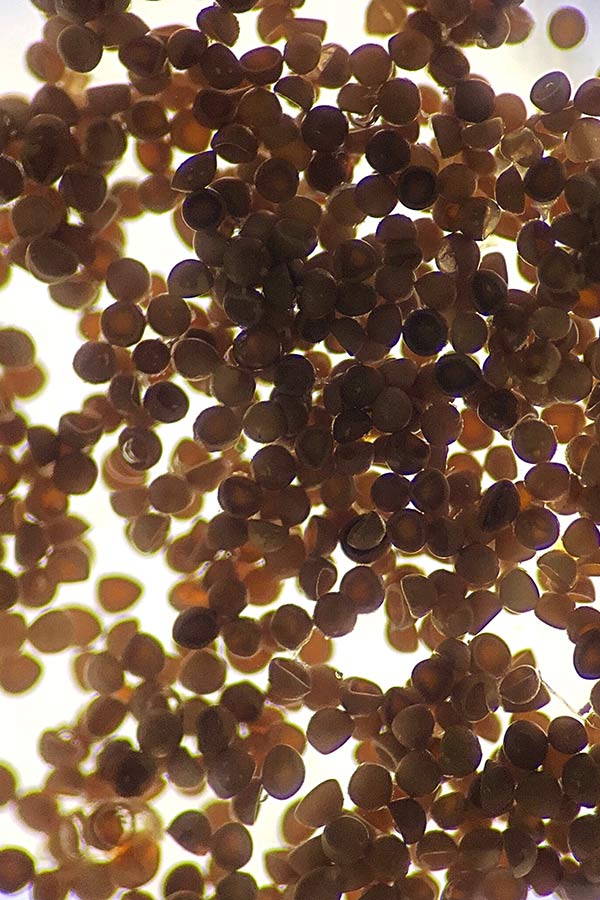News
Saving the Great Salt Lake’s brine shrimp ecosystem

Male and female brine shrimp. Photo: Courtesy of Utah Division of Wildlife Resources.
SALT LAKE CITY, Utah — Did your children ever raise Sea-Monkeys? These tiny creatures are actually brine shrimp, and their habitat was threatened last year when the salinity in the Great Salt Lake was rising.
Lower levels in the Great Salt Lake caused the salinity increase
The Division of Forestry, Fire and State Lands and the Division of Water Resources have designed and constructed a solution in partnership with Union Pacific. They could not just increase the amount of water flowing into the lake.
How the water flows in the Great Salt Lake
The Great Salt Lake’s north arm and south arm are separated by a causeway built in 1959, which was breached in 2016 to allow the water to flow again. The water in the lake’s north arm is heavier than the water in the south due to the lack of freshwater inflows and higher concentrations of salt so it flows along the bottom. The less-dense water in the southern arm slides over the heavier north arm water at the causeway breach. With the Great Salt Lake at lower water levels, the flow from the north arm was too strong. Raising the berm by four feet significantly reduced north-to-south flow but still allows south-arm water to flow north.
Brine shrimp management
The Division of Wildlife Resources (DWR) manages the brine shrimp and the harvest of their eggs. There are over 20 companies that are registered with the DWR. Brine shrimp cysts, as their eggs are called, have to be at 21–27 cysts per liter of water in order for the ecosystem to be balanced. Any more than that and the hatchlings will run out of algae before adulthood. After becoming adults they lay their eggs and freeze in December.

Brine shrimp decrease and recovery
An annual harvest used to consist of 25 to 35 million raw pounds of cysts. However, the high salinity levels were impacting the brine shrimp in the Great Salt Lake. As reported by the DWR, during the 2022–23 harvest season, roughly 19 million pounds of cysts were harvested. Then in July 2023, the raising of the berm was completed and the brine shrimp reacted quickly. This past season roughly 29 million pounds of cysts were harvested.

Millions of migratory birds depend on the brine shrimp
The DWR monitors the water and brine shrimp population to ensure the Great Salt Lake remains a sustainable ecosystem. Eared grebes eat between 25,000 and 30,000 brine shrimp a day. They are flightless while they molt in the fall. If the brine shrimp population were not managed, the birds would starve during lows in the brine shrimp availability. The grebes migrate south around December, eating the brine shrimp before the shrimp freeze and die. Up to five million eared grebes have been observed stopping over at the Great Salt Lake.


















